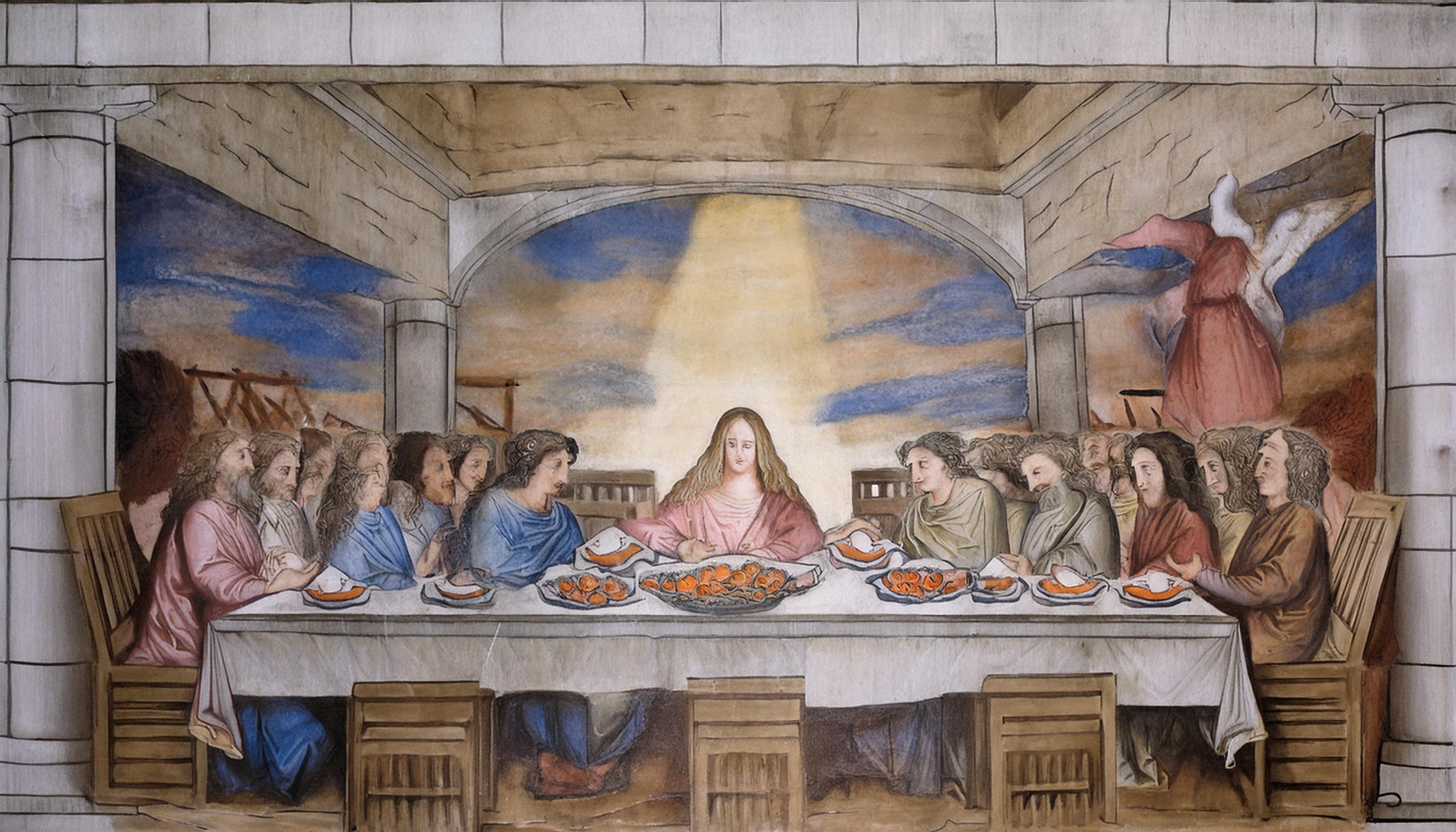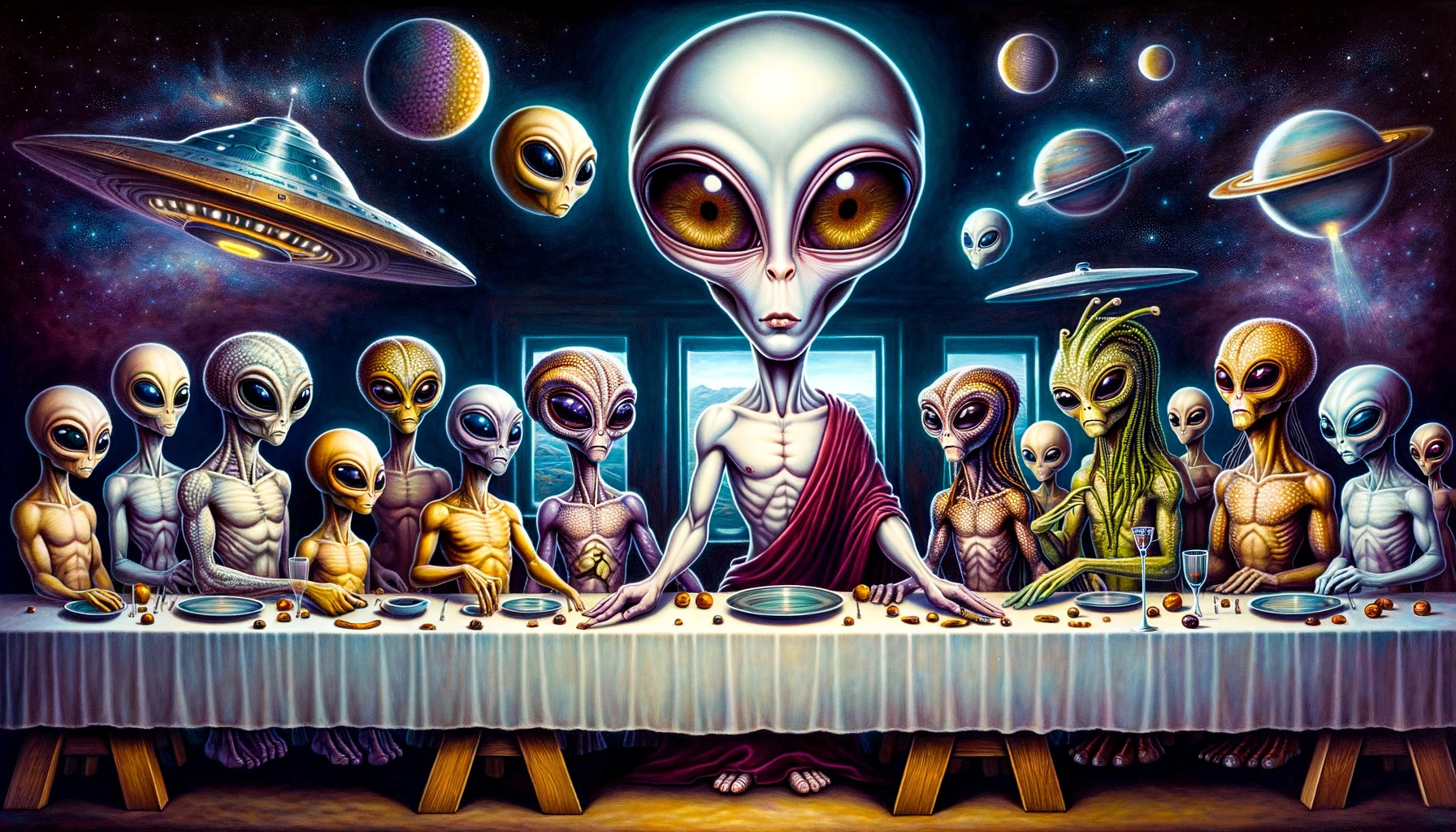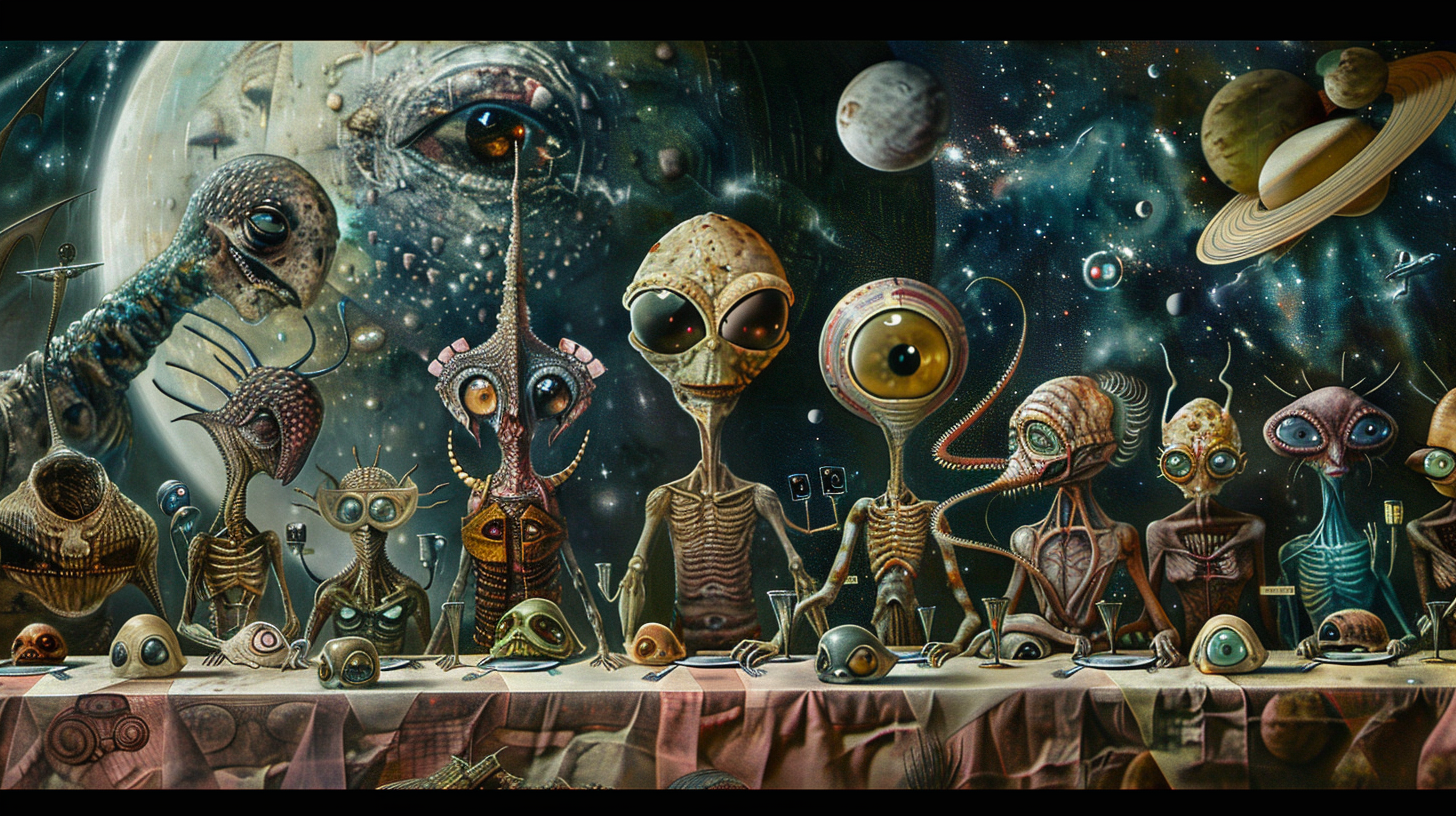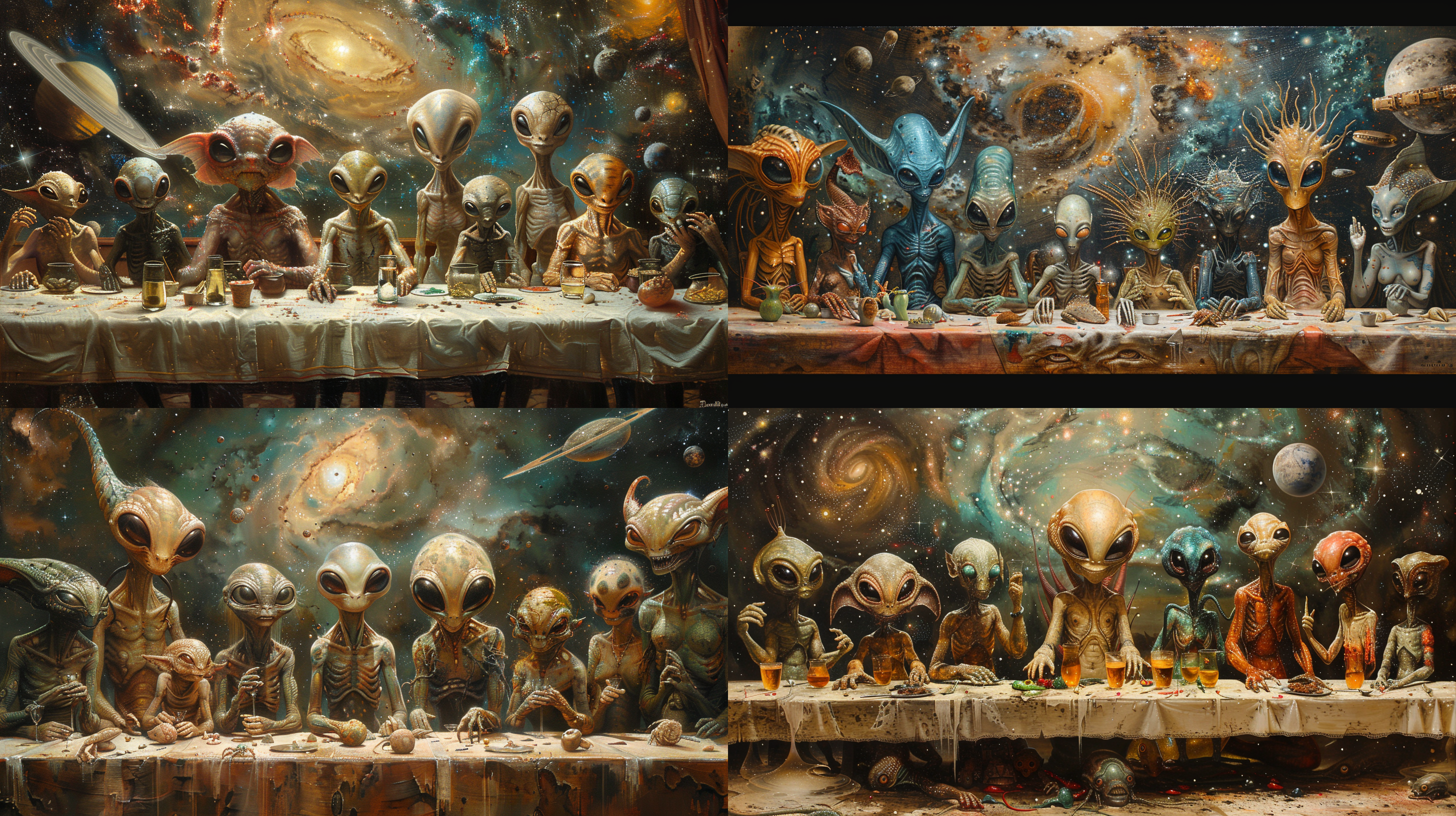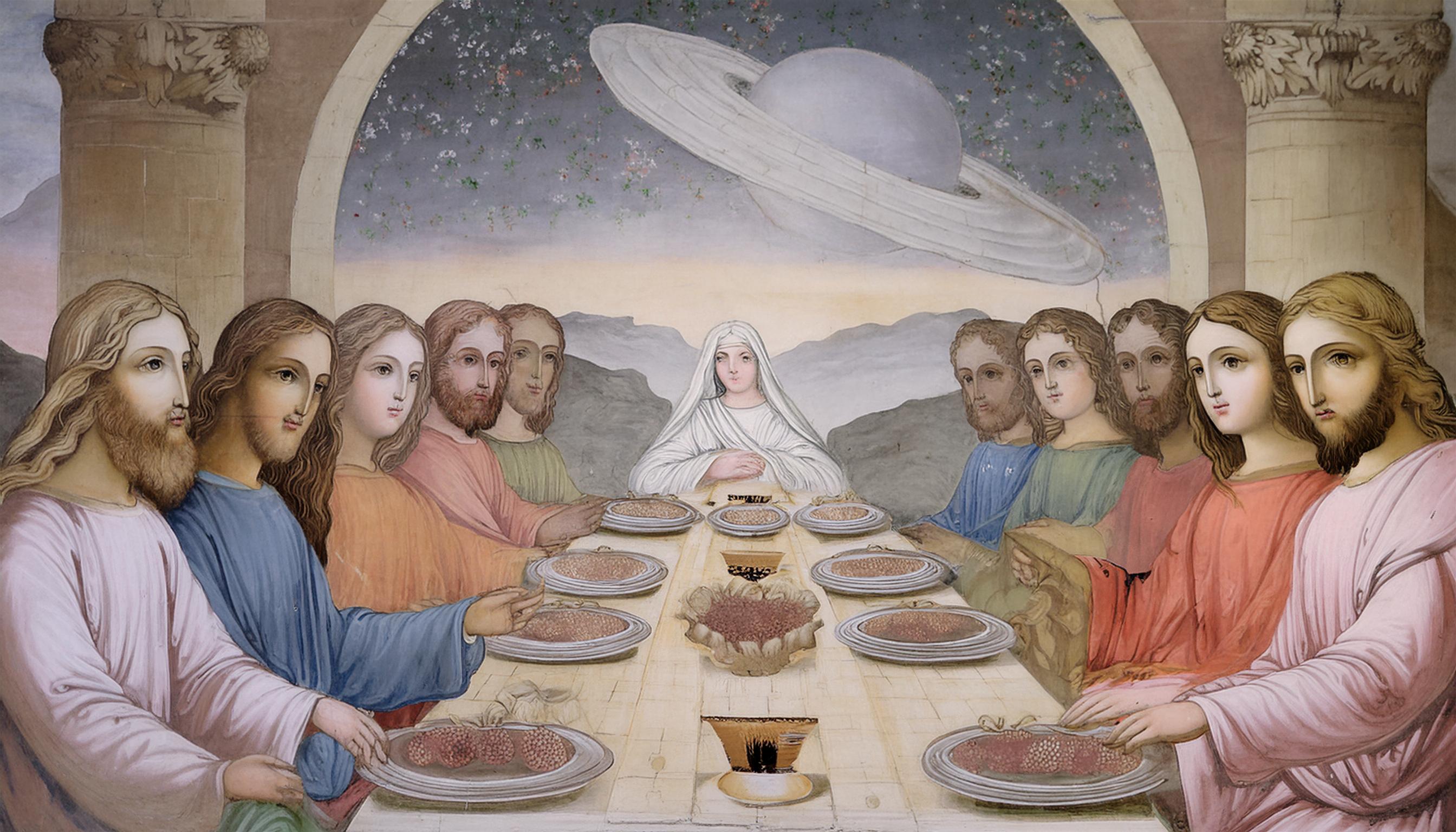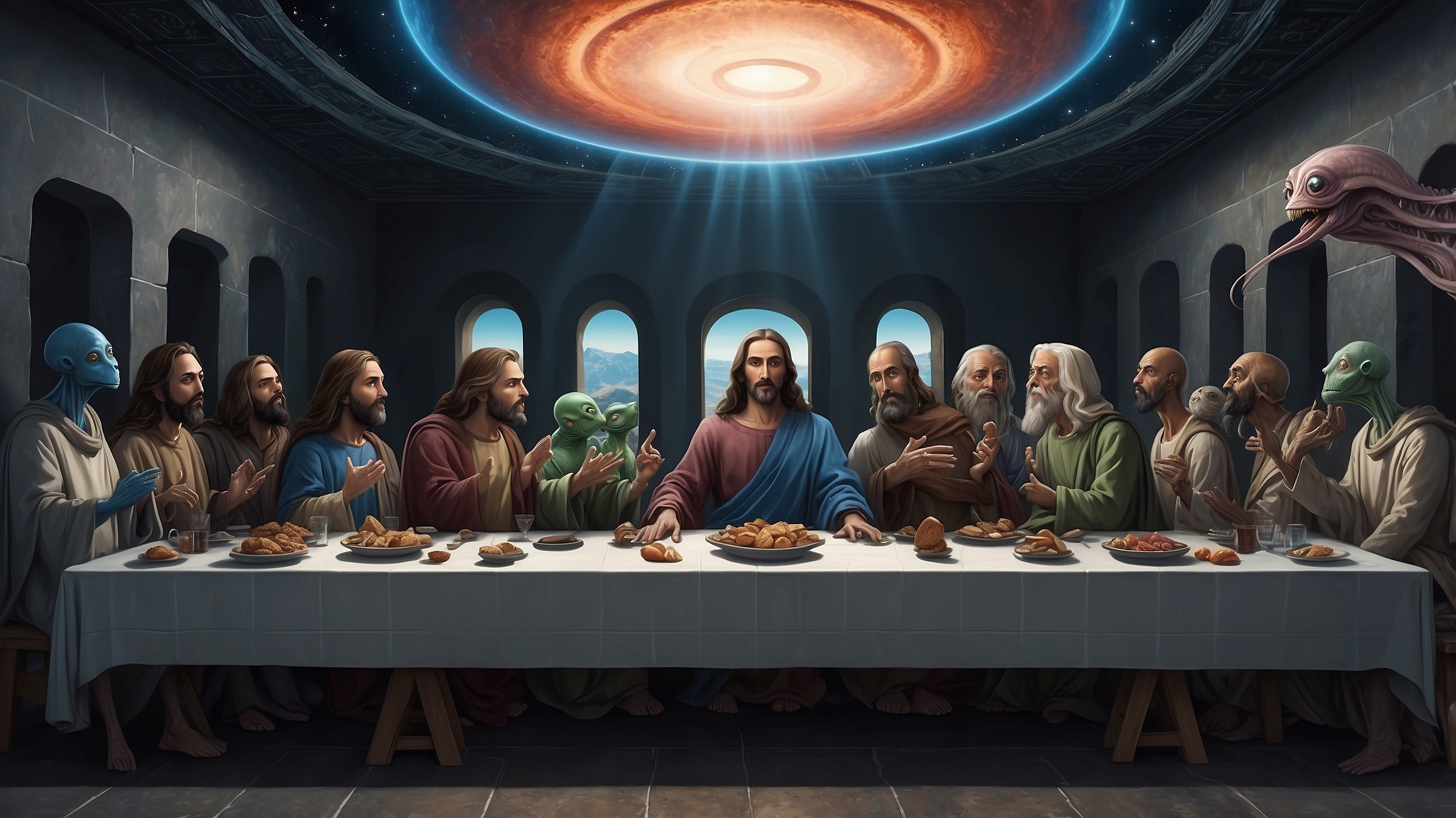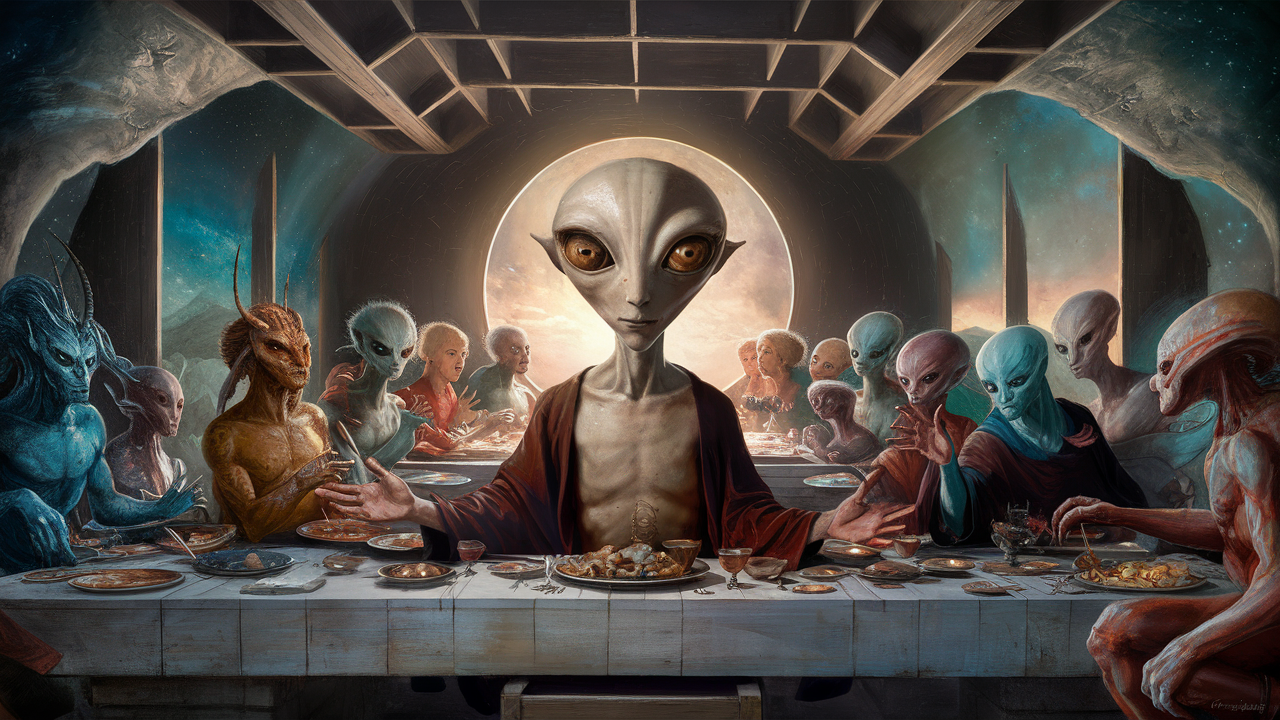Visual AI platforms have revolutionized the way we create and interpret art. To showcase their capabilities, we’re comparing some of the leading platforms by using a universally recognized painting as our base: Leonardo da Vinci’s “The Last Supper.”
This experiment was run on June 6, 2024.
Background on The Last Supper
Leonardo da Vinci’s “The Last Supper,” created between 1495 and 1498, is significant for depicting a critical moment in Christian narrative: Jesus announcing that one of his disciples would betray him. This dramatic revelation captures the emotional reactions of the apostles, making it a powerful religious and historical artifact.
Artistic Techniques Ahead of His Time
“The Last Supper” remains a masterpiece not only for its religious significance but also for its groundbreaking artistic techniques. Da Vinci’s innovations in perspective, emotional expression, light and shadow, and anatomical accuracy set new standards for Renaissance art and continue to influence artists today.
Linear Perspective: Da Vinci masterfully employed linear perspective to create a sense of depth. The vanishing point is situated at Jesus’ head, drawing the viewer’s eyes toward the center and enhancing the three-dimensional illusion. The composition is symmetrically balanced, with Jesus at the center and the apostles arranged in dynamic groups of three, which adds to the overall harmony and balance of the painting.
Emotional Expression: Da Vinci broke away from the static and stoic representations common in his time by capturing the apostles’ varied emotional responses to Jesus’ announcement. This pioneering focus on human emotion added a layer of realism and relatability to the work.
Use of Light and Shadow (Chiaroscuro): Da Vinci utilized the technique of chiaroscuro, the use of strong contrasts between light and dark, to add volume and depth to the figures. This technique helped to create a more realistic and dramatic effect, highlighting the figures against the background.
Detailed Study of Human Anatomy: Da Vinci’s extensive studies of human anatomy allowed him to portray the figures with remarkable accuracy and detail, enhancing the realism of the scene.
Innovative Use of Medium: Instead of the traditional fresco technique, Da Vinci used tempera and oil on a dry wall, which, although it led to faster deterioration, allowed for greater detail and subtlety in the painting.
Testing AI platforms with universally recognized imagery offers a fascinating lens through which to compare their capabilities. “The Last Supper” by Leonardo da Vinci is an ideal candidate for this exploration. Its historical significance, intricate composition, and emotional depth make it a challenging and rich source for AI interpretation. By using this iconic painting, we can vividly see how different AI platforms handle the transformation of a well-known masterpiece into something entirely otherworldly, highlighting their unique strengths and creative potential.
The Prompt
To test the creativity and output of different AI platforms, we used the following prompt: “A surreal and captivating rendition of the Last Supper, with Jesus replaced by an extraterrestrial being. The alien figure, with large, almond-shaped eyes and a slender figure, sits at the head of a long table with various other alien species gathered around. Each alien has unique features, such as multiple eyes or tentacles. The background is a blend of celestial stars and otherworldly landscapes, with a hint of a spacecraft in the distance. The overall atmosphere of the artwork is mysterious and intriguing.”
DALL-E 3 (OpenAI)
Midjourney/Discord
Adobe Firefly
Leonardo.Ai
Ideogram
The Results – So Far
Our playful test with “The Last Supper” as the base reference highlighted the strengths and unique capabilities of each visual AI platform. Each platform brought something special to the table. This exercise demonstrates that while AI can replicate and reinterpret classic art, the role of the designer remains crucial in guiding these tools to bring creative visions to life.


